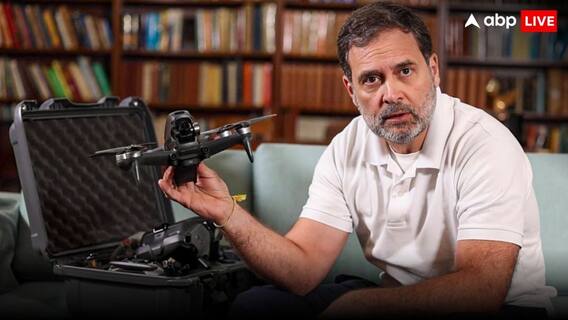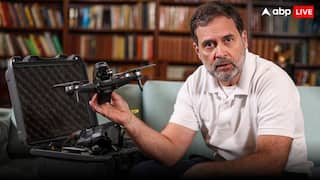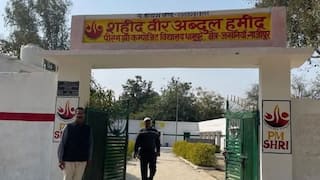8 Things to Know Before You Test Drive A Car

What should you exactly look for in a car while test driving it?
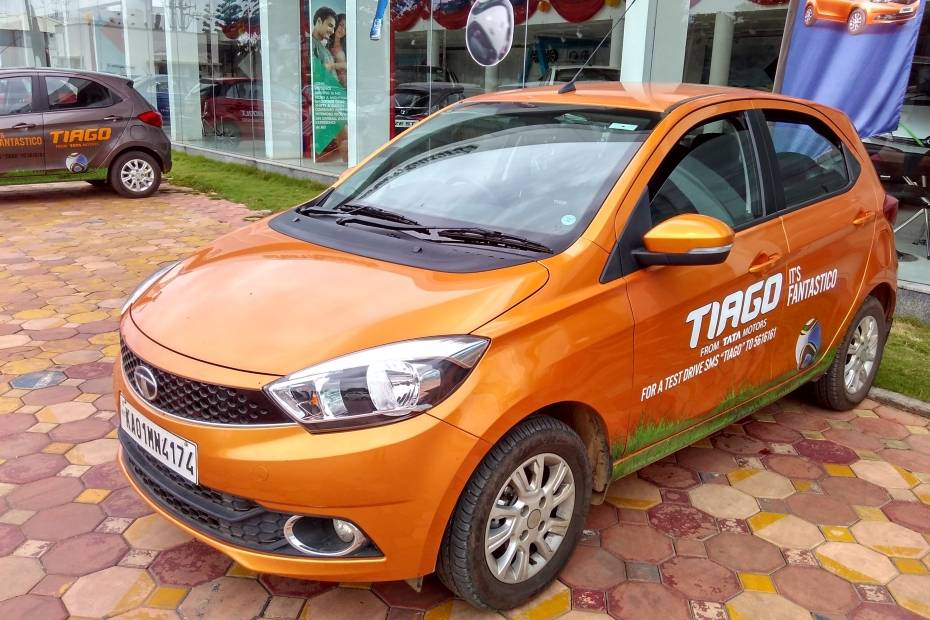
Test driving a car before finalising it is extremely important. While it does give you an idea about the car’s performance, you also get to put it in situations it will be exposed to later. But what should you exactly look for in a car while test driving it? Here are the most important things you should note.
1) Shortlist first

Keeping in mind your budget, decide and research about the features and specifications you want in your car before test driving it. You can log on to www.cardekho.com for details about the price, specifications and features of any car. Shortlist 3-4 cars that best match your criteria and try to test drive all of them on the same day so that the drive experience of each car remains fresh in your memory.
2) Test drive the right powertrain and variant

Ask the dealer to provide the car with the particular powertrain that you intend to buy for the test drive. If the nearest dealer doesn’t have the powertrain that you want in the car of your choice, try to contact other dealers in nearby areas which may have your shortlisted car with the powertrain that you want. Also ask the dealer to show you the variant you intend to buy so you can observe the differences/inspect the features.

3) Time and place of convenience
Try to schedule your test drive at a convenient time and place so that you have an ample amount of time to spend with the vehicle. A perfect test drive can vastly help you in making the final decision. It’s better to ask the dealer to arrange the test drive at your place. Try to park it in the space where you park your own vehicle or where you intend to park the new vehicle that you’re buying.

4) Take along..

a) Take your family or friend with you for the test drive. Their feedback will help you notice things that you may miss otherwise. If you’re choosing a particular car, say an MPV for a large family, it’s advisable to take along more people to sit in the car and take their feedback on how comfortable they are in the second and third row.
b) Take a USB drive with some music in it to test the infotainment system of the car. Also, connect your phone to the Bluetooth to check for compatibility. Place a call to check if the audio quality is satisfactory. Finally, check if the car’s infotainment system supports your smartphone’s proprietary in-car apps like Android Auto or Apple CarPlay.

5) Explore the car
a) Sit at the front and rear seat to check if the leg, shoulder and headroom are enough. Notice access to storage spaces from all seats. Take your kids with you to test the space. Make sure the transmission hump at the centre doesn’t eat into space or comfort.
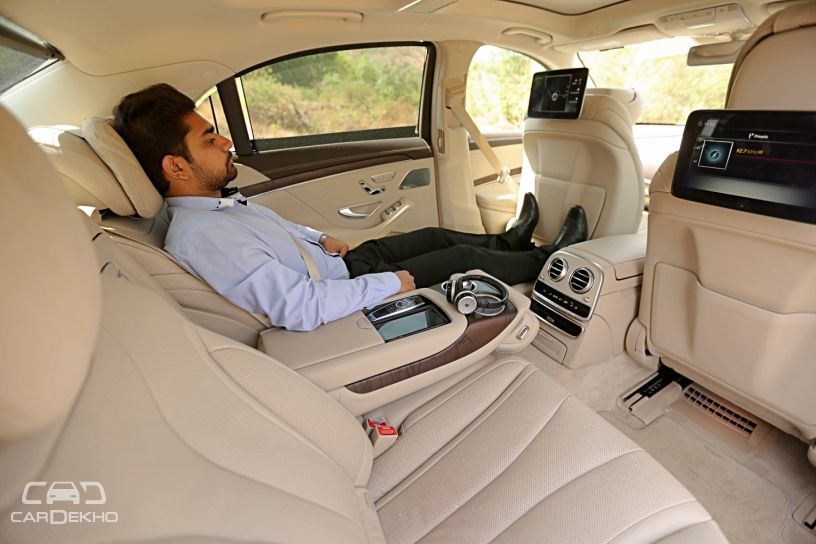
b) If you travel a lot, especially with family, check if the boot space is enough. You may also want to consider loading a suitcase or a large bag to gauge if the loading lip is too high.
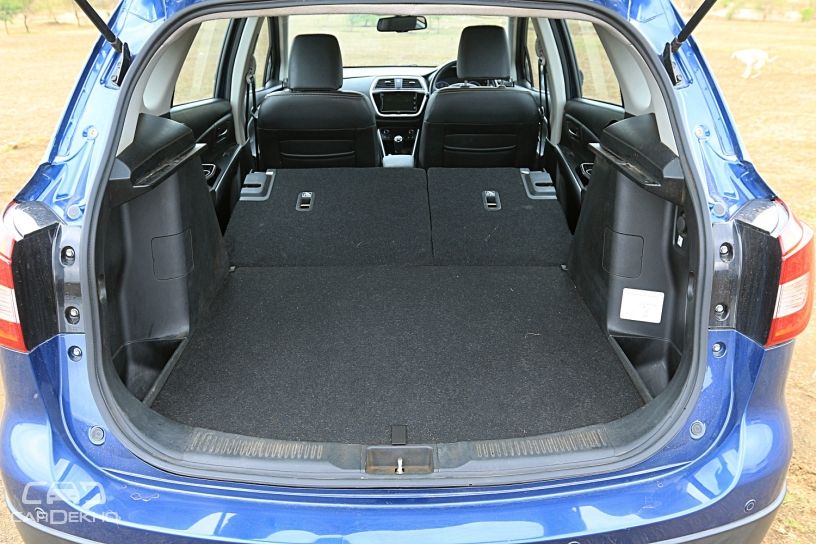
c) Notice ingress and egress from the vehicle. While some sedans and hatchbacks might be too low to comfortably get in or out, SUVs can often be a bit too high for many, especially kids and the elderly.
6) Just before the test drive
a) Before test driving the car, adjust the driver's seat and steering to your liking and notice visibility in all directions.

b) Fiddle with the controls for instrument cluster, other switches and storage compartments to gauge the overall quality
7) Test Drive
a) Test the car on the route where you are going to use it frequently

b) Try to tackle as many types of terrains or routes as possible. Take it over roads with rough patches, over flyovers, steep inclines and high speed breakers. Make a U-turn to gauge if the turning radius isn’t too large. Try to park it as well.
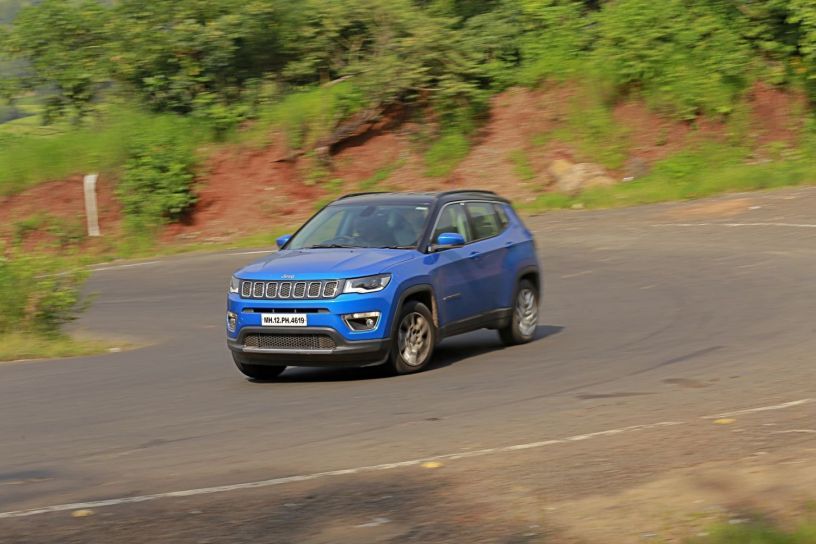
c) Notice if the brakes are to your liking. Try to brake from different speeds and with different intensity.
d) Check if the engine noise inside the cabin is too high when you rev it.
e) Drive the car at varying speeds in different gears and note the noise, vibrations and harshness in the cabin due to traffic, wind, tyre noise, etc.

f) Notice the quality of the gear shifts and clutch operation if you’re driving a manual car. In an automatic car, notice how it changes gears and whether the gear shifts can be felt in the cabin in the form of a head nod, which can be bothersome for some passengers.
g) Try to drive the car on a bumpy road and notice the suspension performance, ride quality, cabin rattles and squeaks, etc.
h) If you’re test driving in the summer, notice how much time the aircon takes to cool the cabin. If the car has rear AC vents, check how effective they are.
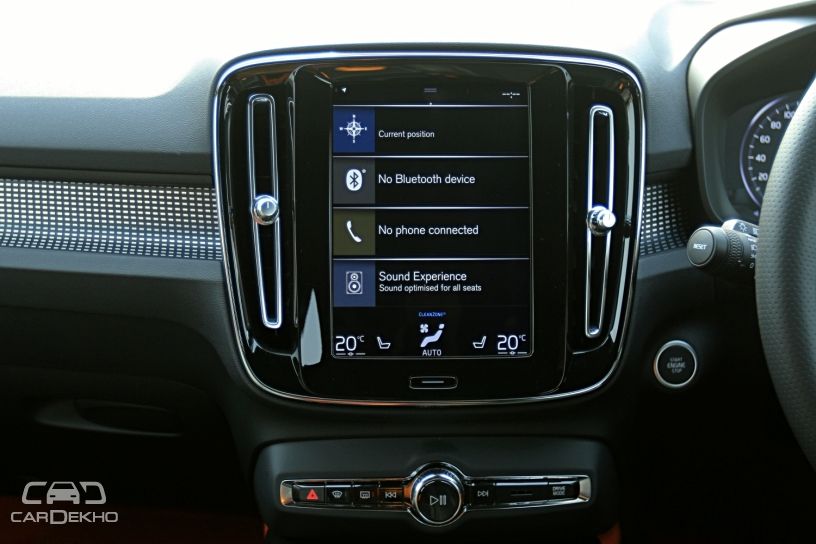
i) If possible, take a drive once during the night as well to check the intensity of the headlamps. This is essential if you drive a lot at night.
8) After the test drive
a) If you’re still doubtful, don’t hesitate to ask for another test drive.
b) Note down key takeaways that you’d want to notice about other cars that you have shortlisted
This Story has not been edited by ABP News. It has been published through cardekho.com feed directly.

Trending News
Top Headlines













